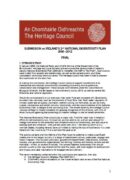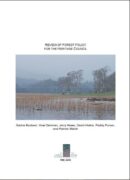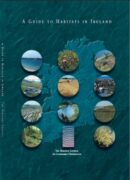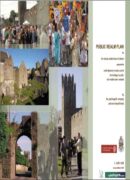
Bird Survey Guidelines: Traditional Farm Buildings
The Heritage Council has prepared guidance that surveyors must follow when undertaking bird surveys under the REPS 4 Traditional Farm Buildings Grant scheme. This is to ensure that the survey is undertaken in line with current best practice, and that the works are designed in such a way as not to impact upon the protected wildlife.
Read moreRead lessMany traditional farm buildings may be home to nesting birds. As these are protected by law, buildings in receipt of a REPS 4
Traditional Farm Buildings Grant may require a bat and/ or bird survey before any works commence.
- Published by: The Heritage Council








